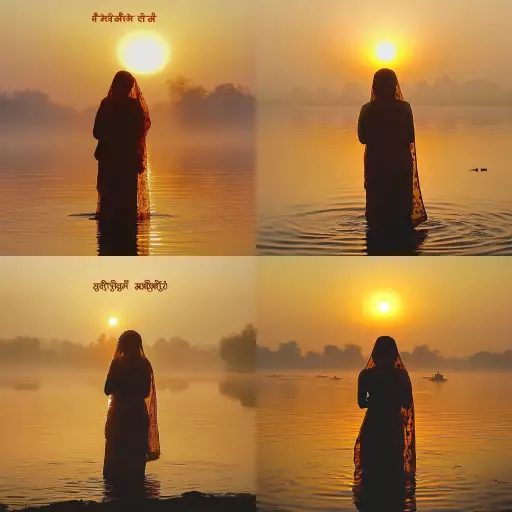Explore the Best AI Image Gallery

Beyond the Brush: AI-Generated Media and the Evolving Creative Landscape
The realm of creativity has always been a space of innovation, constantly pushing boundaries and exploring new frontiers. Today, we stand on the cusp of another paradigm shift, driven by the emergence of artificial intelligence (AI) and its capacity to generate media content. From images and music to text and video, AI is reshaping the creative landscape, offering both exciting possibilities and complex ethical challenges.
Potential Uses: Unleashing Creativitys Potential
AI-generated media has the potential to revolutionize various aspects of the creative industry:
- Art and Design: AI algorithms can assist artists in generating unique artwork, exploring novel concepts, and streamlining design processes. Imagine collaborating with an AI that understands your artistic vision and helps you bring it to life.
- Content Creation: Writers, journalists, and marketers can leverage AI tools to generate compelling content, overcome writers block, and personalize messages for target audiences. This opens up new avenues for storytelling and communication.
- Music Production: AI-powered tools can compose original music scores, create sound effects, and even generate entire songs. This empowers musicians to experiment with new sounds and push the boundaries of musical creativity.
- Film and Video Production: From generating realistic special effects to creating entire movie scenes, AI is transforming filmmaking. Imagine a future where complex visual effects are generated seamlessly, reducing production costs and time.
Ethical Considerations: Navigating Uncharted Territory
While the potential benefits of AI-generated media are vast, its crucial to address the ethical considerations that arise:
- Authorship and Ownership: When an AI creates a piece of art or content, who owns the copyright? This raises questions about intellectual property rights and the nature of creativity itself.
- Bias and Discrimination: AI algorithms are trained on vast datasets, which can contain inherent biases. If these biases are not addressed, AI-generated media could perpetuate harmful stereotypes and discrimination.
- Job Displacement: As AI becomes more capable, it may automate tasks currently performed by human creatives. This raises concerns about job security and the future of work in the creative industry.
- Authenticity and Trust: The increasing availability of AI-generated content makes it challenging to distinguish between real and artificial creations. This can erode trust in media and impact our understanding of authenticity.
Future Trends: Shaping the Creative Landscape of Tomorrow
The field of AI-generated media is rapidly evolving, with continuous advancements shaping the future:
- More Realistic and Human-Like Creations: AI algorithms will continue to improve, generating content that is increasingly realistic and indistinguishable from human creations.
- Personalized Creative Experiences: AI can tailor creative outputs to individual preferences, creating personalized art, music, and stories based on user input.
- Enhanced Collaboration between Humans and AI: The future of creativity lies in collaboration, where humans and AI work together to amplify each others strengths and explore new creative frontiers.
- Ethical Frameworks and Regulations: As AI-generated media becomes more prevalent, it will be essential to establish ethical guidelines and regulations to ensure responsible development and use.
Conclusion
AI-generated media is poised to revolutionize the creative industry, offering unprecedented possibilities for artistic expression, content creation, and innovation. However, navigating the ethical challenges and ensuring responsible development will be crucial in shaping a future where AI empowers creativity while preserving human values.




](https://images.ai-img.art/thumbnails/150/c2c9c48b38fae37f0a457b80b084ed01ba803810fc8f488c8f610c03abc74049.webp)






](https://images.ai-img.art/thumbnails/150/008b5d5d49667cc2e93a5f8a8adfaa545963da99c39ff0901f5296294636400d.webp)














](https://images.ai-img.art/thumbnails/150/f9584153b4cddd8c9fab611dc10247549b275c59bc173251e37d0935874f9deb.webp)





](https://images.ai-img.art/thumbnails/150/bddf3ae4a232290858389b933c866ad3be429ef2e25c23a9f4d7713ed6e44d0b.webp)






](https://images.ai-img.art/thumbnails/150/4289d1230b86a96c4d556636c3167bed0ef38f850826549517e4e45db4d87bf7.webp)
](https://images.ai-img.art/thumbnails/150/f67d9af3398150f2ab1bcf250717fea134275e2ca896252b54a4d9bb3719f9ac.webp)
